Charger Xtar ANT - MC1Plus
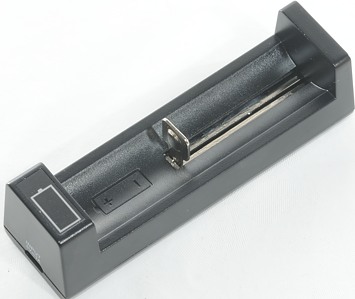
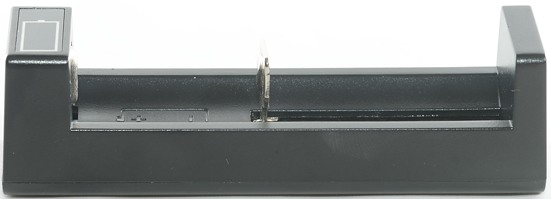
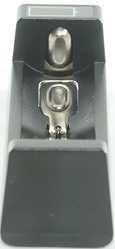
Xtar has made a couple of versions of the MC1 (Original Plus) and now the ANT version. This version has two current settings that is selected based on battery size and it has a display showing charge progress. All versions of this charge have been usb powered and very small.
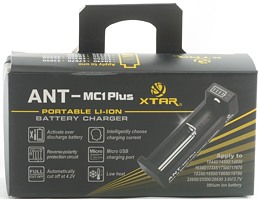
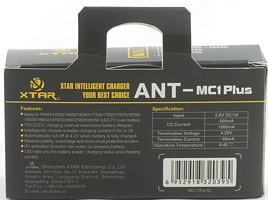

The cardboard box has a lot of specifications on it.
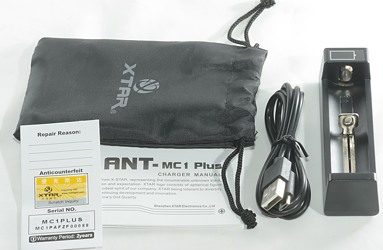
The box contains the charger, a usb cable, a pouch, a manual and a warranty card.

Charger and usb cable in the pouch.
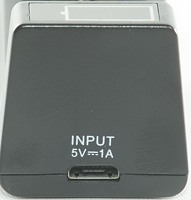
The charger is powered from a micro usb connector.
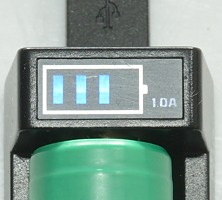
The charger has 4 leds to show the charge status and leds for 0.5A and 1A current selection (Current is selected automatic depending on battery length).

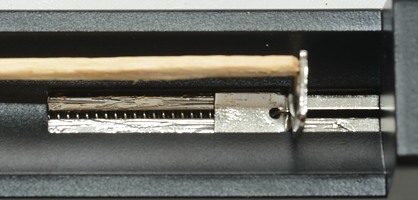
The slots uses the usual construction. It can handle batteries from 31mm to 71.2mm long, that means just about any protected and unprotected LiIon cell.
Depending on the position of the slider the charge current will be 0.5A or 1A, the changeover is just above 54mm.








The minimum charge current is 0.5A and that is a bit high for 10440 cells.
The charger can handle 71mm long batteries, inclusive flat top cells.
Measurements
-
Just above 54mm battery length it will switch between 0.5A and 1A charging.
-
Below 2.9 volt the charger will charge with 90mA or 180mA depending on battery length.
-
Above 2.9 volt regular charge current it applied.
-
When not powered the charger will discharge with about 0.08mA
-
Charger usb current consumption when battery is full is 23mA
-
Charger usb current consumption without battery is 7ma
-
Charge will restart if battery drops below 4.1 volt.
-
Charge will restart charging after power loss or battery insertion.
.png)
The charge curve is a fairly good CC/CV curve, the slight current reduction at the start may be due to heat in the current controller.
Termination current is a bit below 100mA.
.png)
This cell has slightly higher voltage and the current stays constant at the start.
.png)
This cell starts with a low voltage and again the current drops slightly during the initial charging.
.png)
An older cell, here the voltage is fairly high during most of the charge and the charger changes to CV phase fairly early.
.png)
.png)
With the smaller cell the charger uses 0.5A charge current.
.png)
Adding a 0.5ohm resistor in series with the usb power to simulate a weak usb charger or a long cable means lower charge current, but the charging is done well enough.
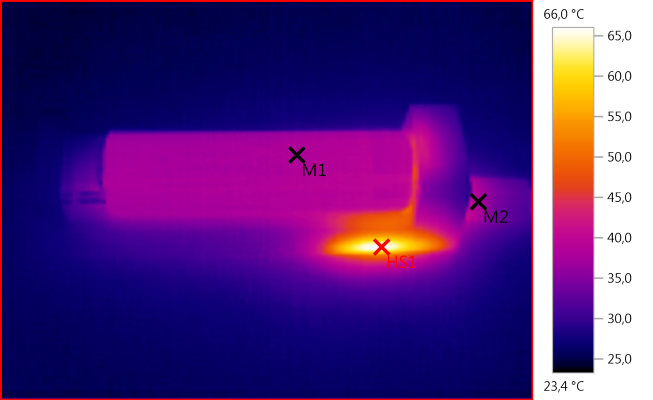
M1: 38,5°C, M2: 38,2°C, HS1: 66,0°C
There is no doubt where the charge controller is placed in this charger.
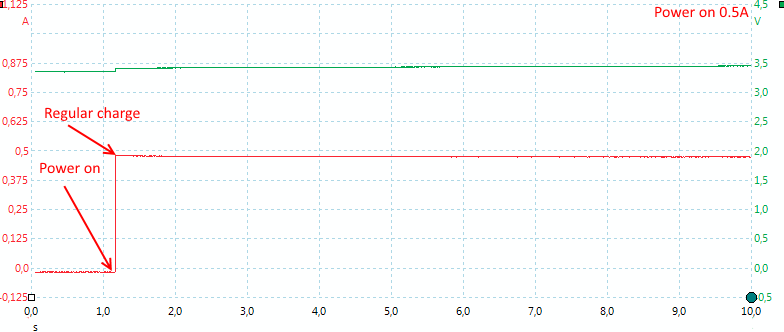
At 0.5A the charger is very fast to start.
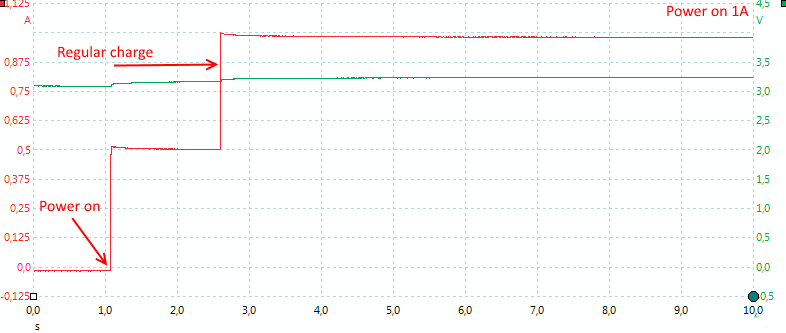
In the 1A setting the charger will start with 0.5A and then in about 1.5 second change to 1A.
Conclusion
As usual with Xtar they make good chargers. The automatic current selection makes it fairly safe to use with most battery sizes, but do not always provide the fastest charging.
Notes
The charger was supplied by a Xtar for review.
Here is an explanation on how I did the above charge curves: How do I test a charger
Read more about how I test USB power supplies and chargers